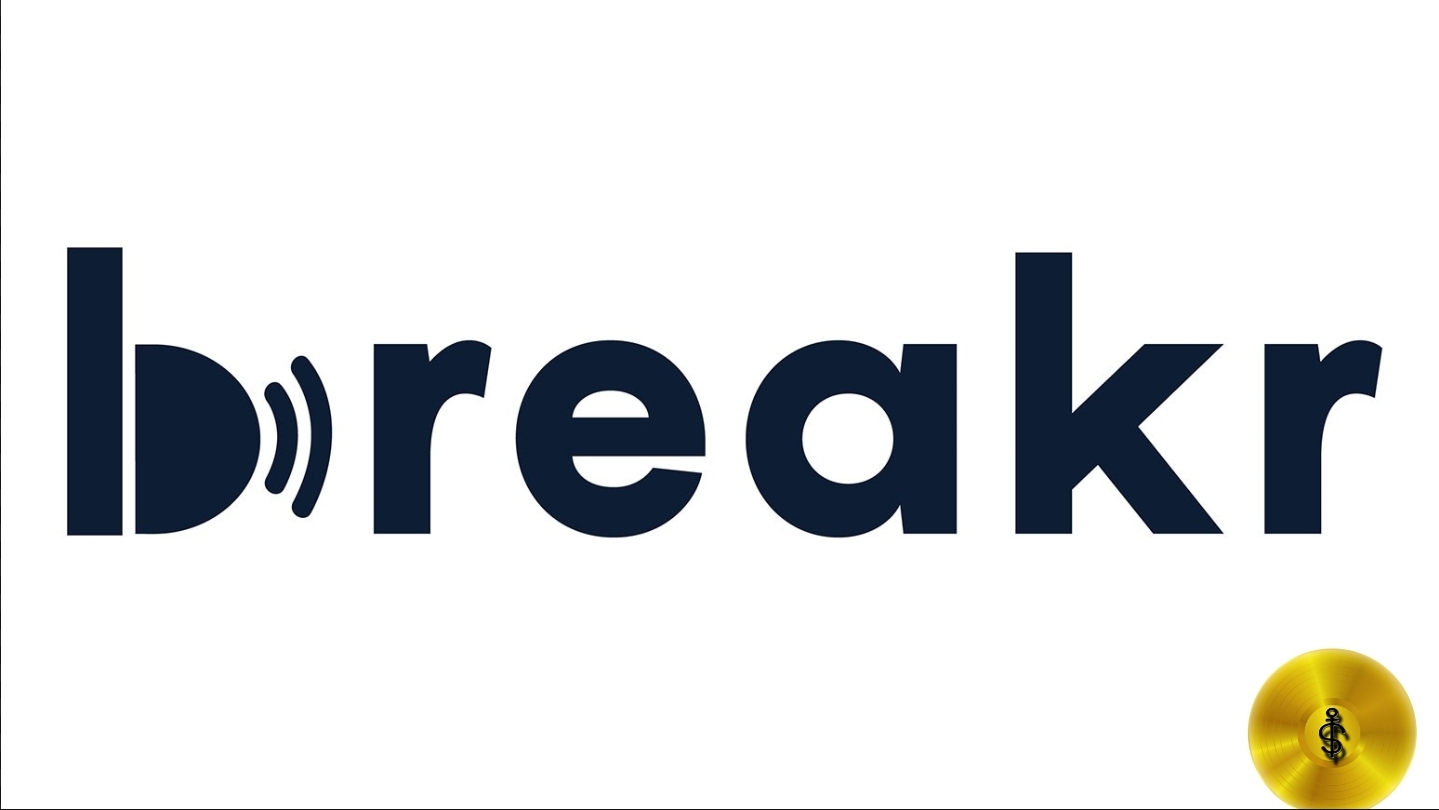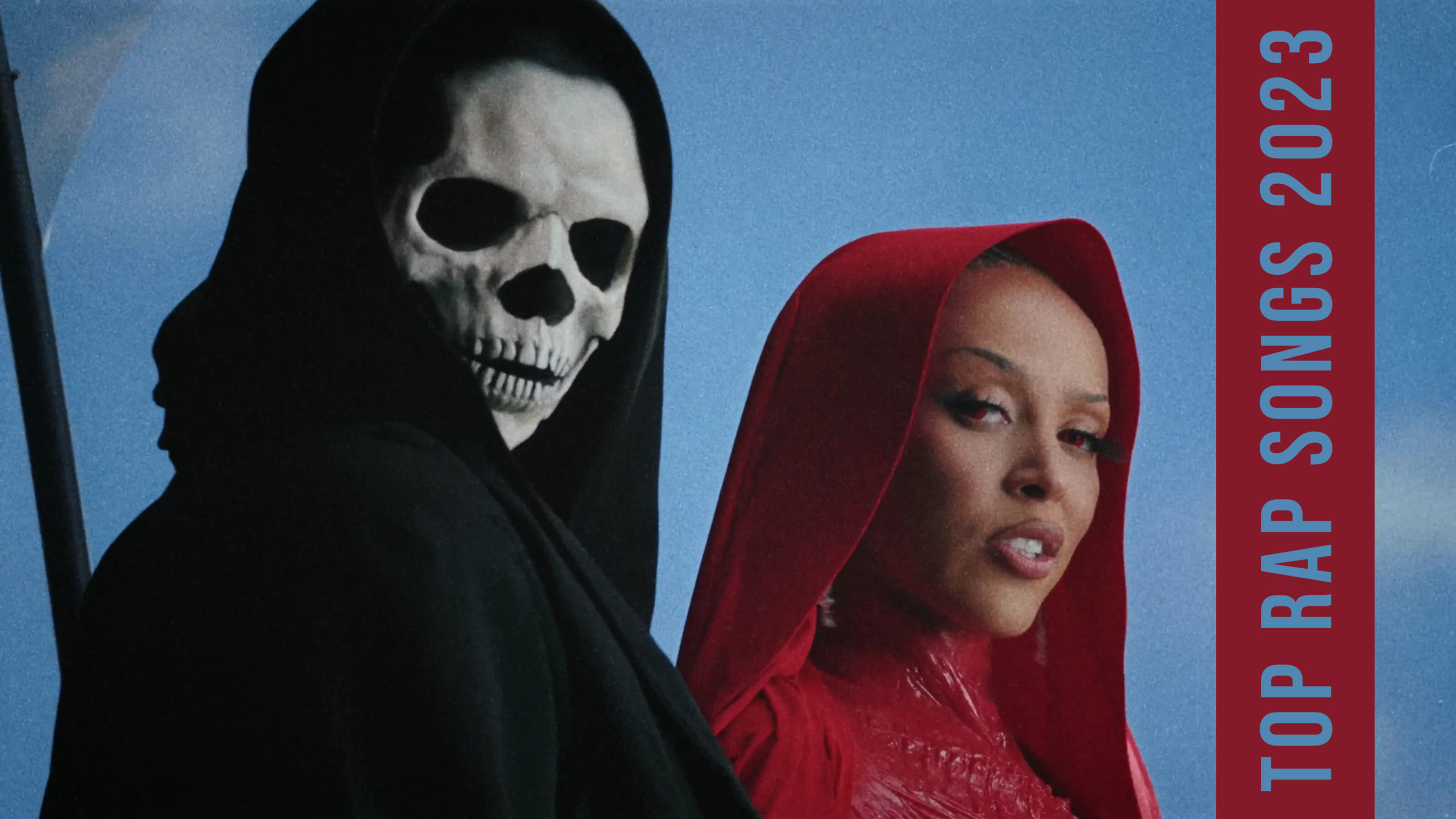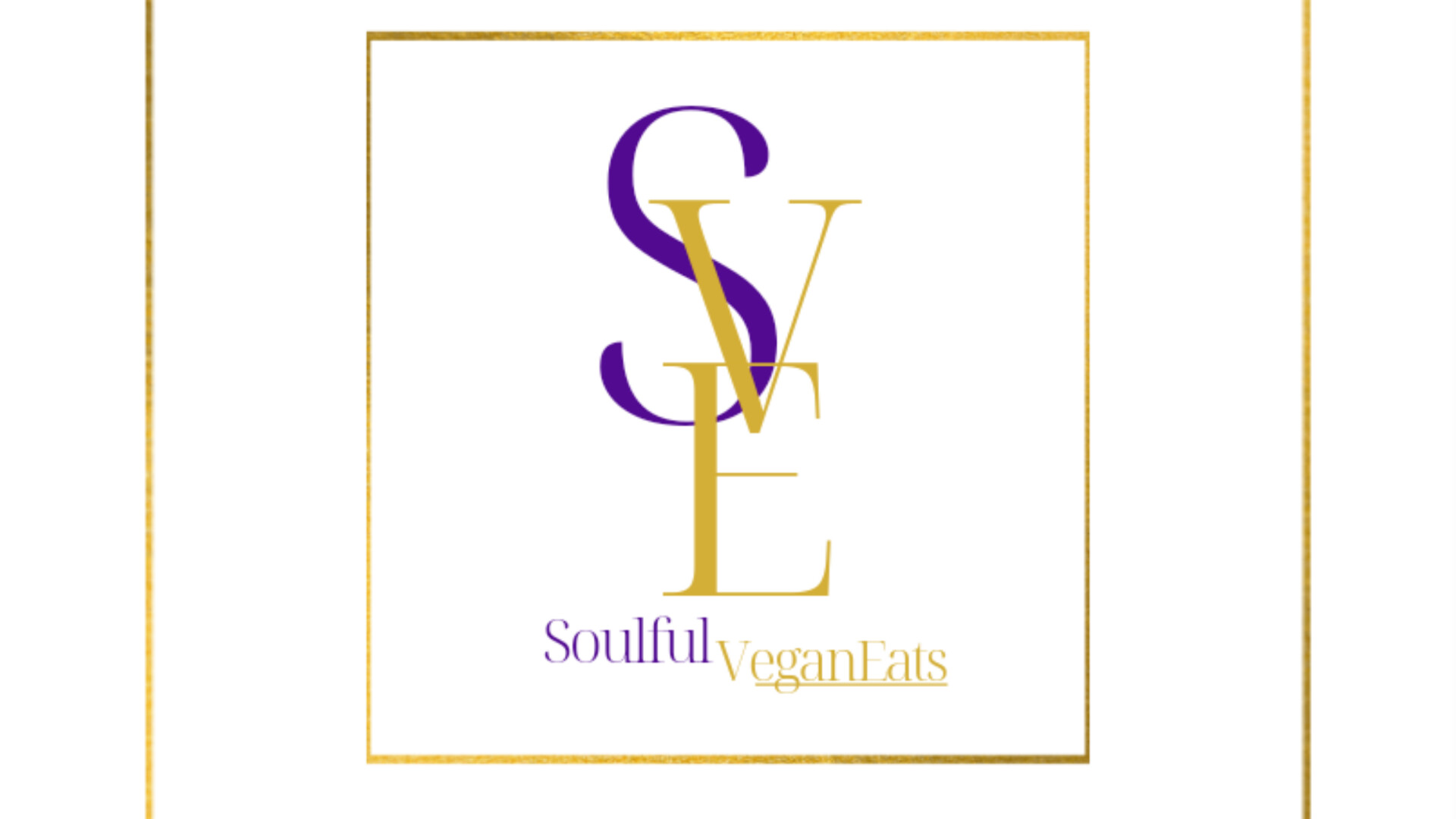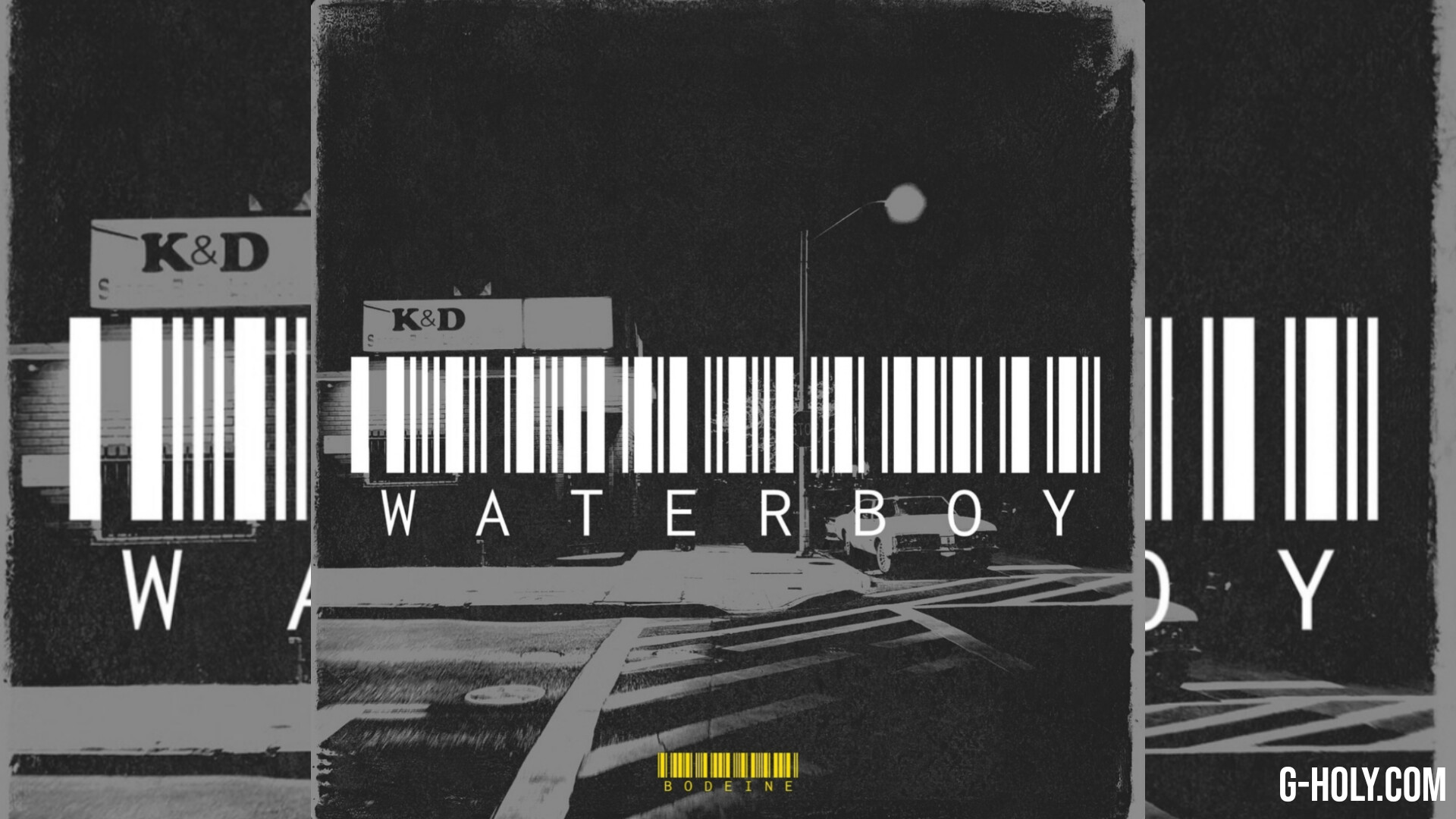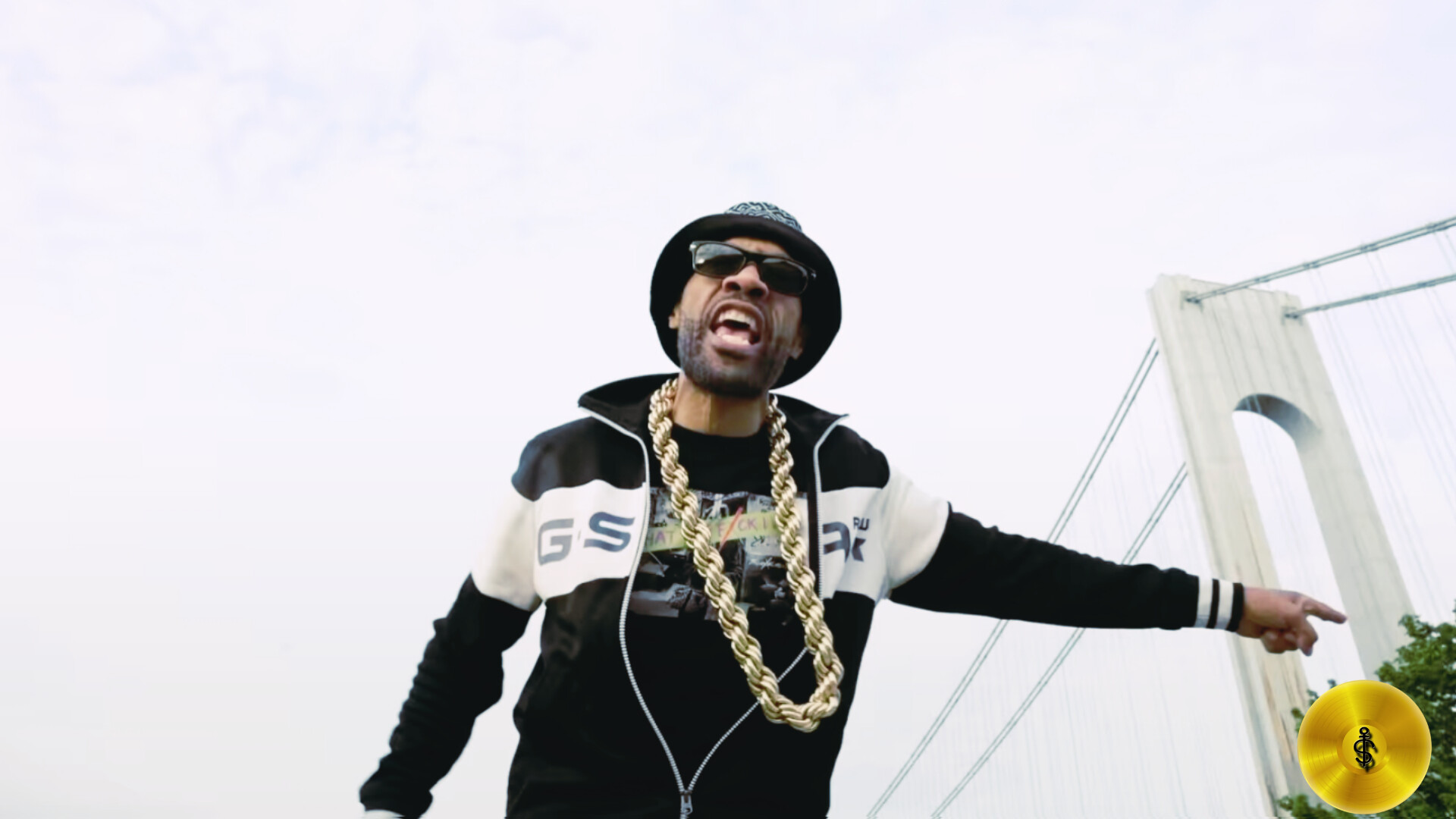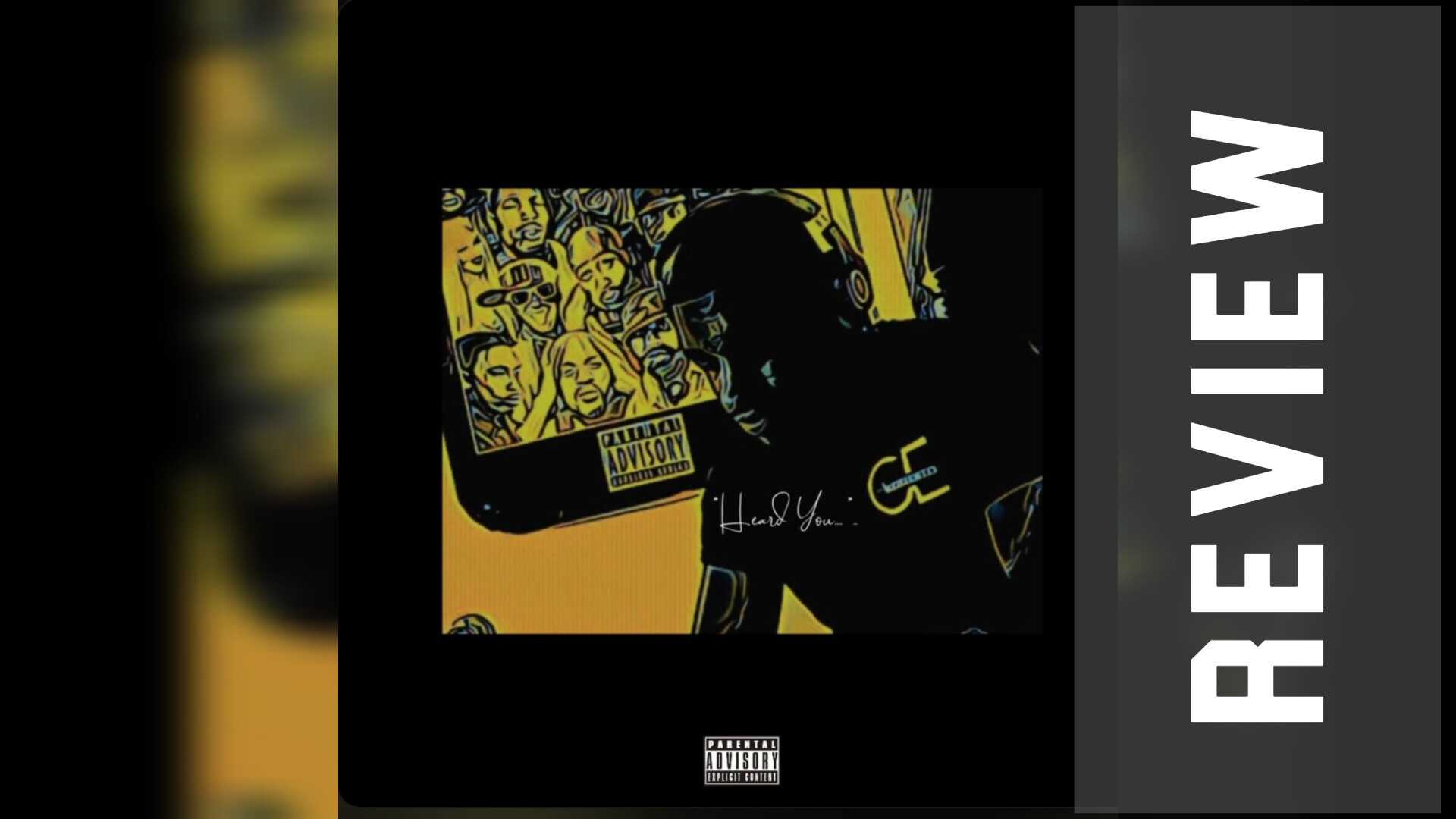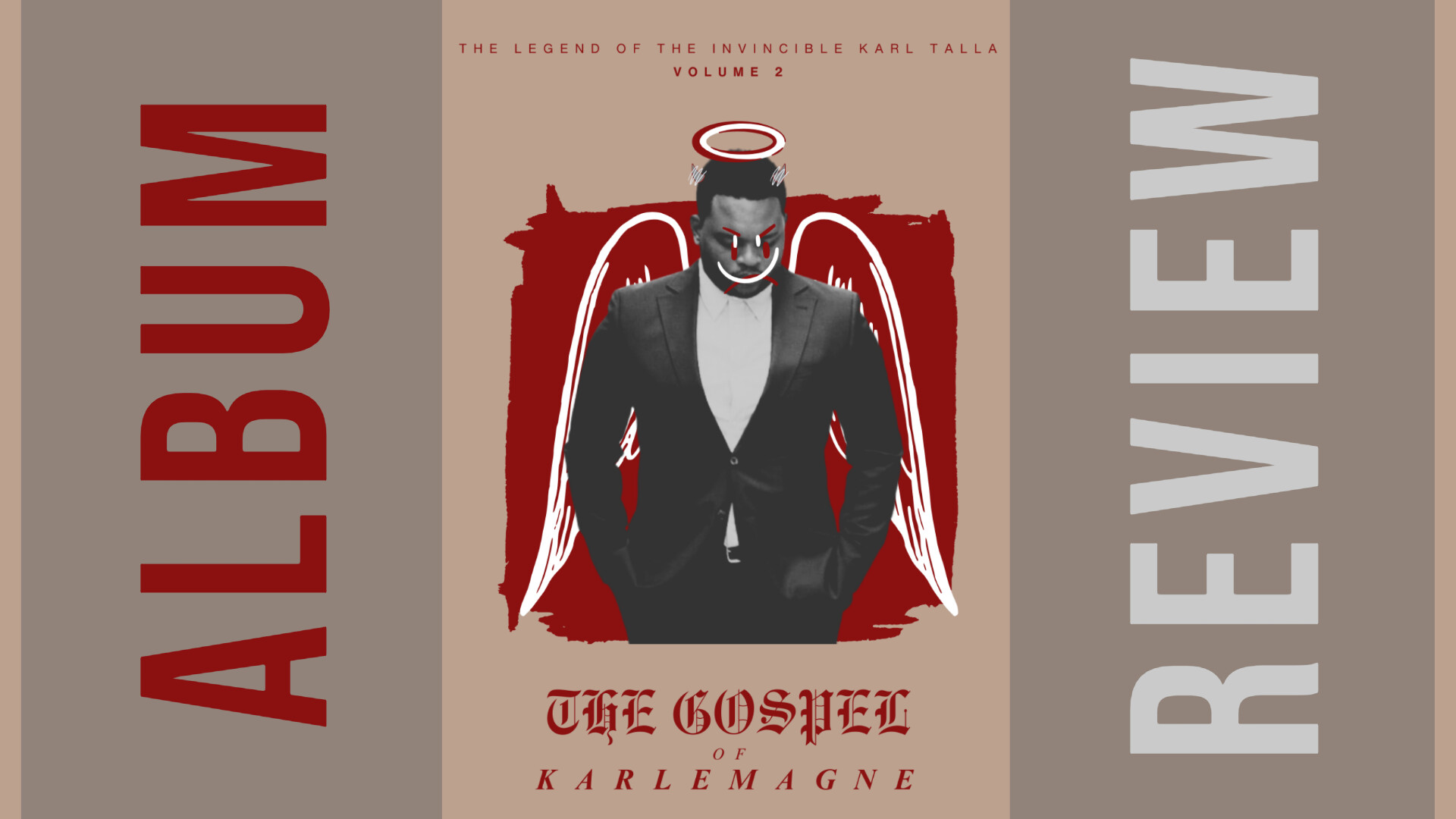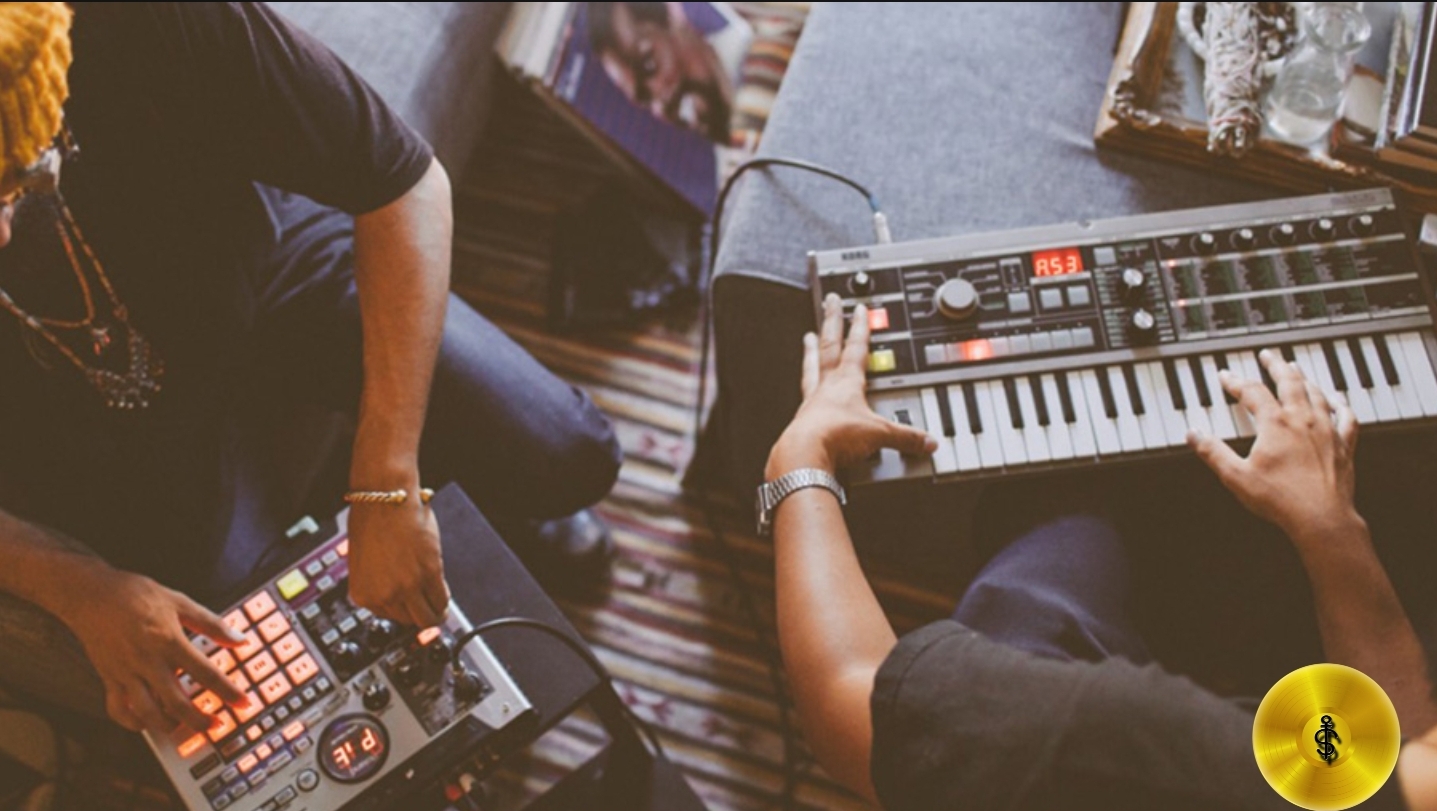
Samples have always played an integral role in the production of hip-hop music. Think back to Ice Cube’s “It Was a Good Day”–sampling The Isley Brothers’ “Footsteps in the Dark”. Or A Tribe Called Quest’s legendary reworking of Lou Reed’s “Walk on the Wildside”–à la “Can I Kick It”. Samples are as interwoven into the DNA of hip hop as the rappers that spit bars over them. Crate digging to find ear catching records is an artform. Though, obtaining the rights to use these samples is strictly business.
Obtaining sample clearance for a record can be a complicated endeavor. Though, with the right steps, it is entirely manageable. The first thing an artist should do if they’re looking to get a sample cleared is reach out to its copyright owners. These owners fall into two different categories: the owners of the publishing rights and the owners of the master recording. Finding the publishers of the record can be done through music royalty sites such as Broadcast Music Incorporated or The American Society of Composers, Authors and Publishers–sifting the depths of each of their respective search engines.
Once an artist finds the publishers of the source sample, they must locate the owner of the masters. The good news is that the sample’s publishers will usually have the master owners on file. The bad news is that master owners change hands quite frequently in the music business. If locating a sample’s publishers and/or master owners gets too overwhelming, the artist can always hire a clearance consultant. There are a number of services out there that will pursue sample clearance for an artist at a fixed fee. For instance, the company DMG CLEARANCES, INC. can either provide guidance for an artist in the process of sample clearance or do all the dirty work themselves. These kinds of companies can be located with a simple Google search.
If the sample source’s publishers grant use of the record but the master owner does not, there is a way to bypass the rights of the master owner. Since a master recording is simply the original recording of the track, an artist can recreate the sample by their own means of production. This takes the master recording out of the persuasion and leaves just the publishing rights to be sorted out–and if the publish rights have already been obtained, then the sample clearance process becomes a whole lot easier. Additionally, artists can take creative liberties in recreating the sample that they may not have been able to do otherwise.
Once an artist has obtained rights to the use of the sample from the publishers and master owners (or just the publishers in the previously mentioned case), then the artist can use the source sample. However, this is usually a costly endeavor as these song owners typically expect monetary compensation. This should come as no surprise as virtually everything in the music industry revolves around profit. With all of these tips and tricks in mind, artists can make more informed decisions the next time that they go through sample clearincing. The music business is a corporate machine and the more an artist learns about its inner workings, the more opportunities for success will be afforded to them.
![WHAT??? PODCAST PAYOLA?! [MDWOG & EYL Accused]](https://www.g-holy.com/wp-content/uploads/2021/07/PicsArt_07-13-06.10.42-scaled.jpg)
